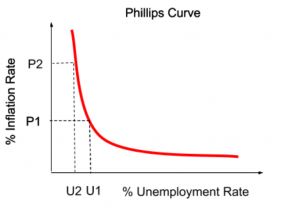Central banks strongly favored rentier incomes in their reaction functions
The Taylor rule has returned as a significant policy guide amid increasingly overt political pressures for its official (and not just its implicit) adoption at the US Fed as inflation fears have come to dominate monetary policy actions both in the US and internationally in recent times. Our paper analyzes the effect of monetary policy on the functional distribution of income by reconstructing how the post-1970s “inflation first” policy commitments of central banks came to be crystallized in the Taylor rule. While there are differences among the various specifications of this “rule”, the Taylor relation is merely an offshoot of what can be described generically as the family of Wicksellian reaction functions whose implications support rentier income over time. Because of the internal logic of the Taylor rule, this has led to different interpretations such as, for example, the more Keynesian Yellen rule, which depart from the strict sense of the Taylor rule. The paper also interprets the Taylor Rule in light of Wicksell’s formulation and analyzes the potential consequence of the differences. In contrast to the strict Wicksell rule of “proportional” adjustment, our econometric findings suggest evidence that central banks adjust “over-proportionally” the benchmark money interest rate in the presence of changes in the inflation rate for the complete “inflation first” era since the 1970s until the COVID-19 crisis. They thereby strongly favored rentier incomes in their reaction functions, with the possible exception of the post-financial crisis period. To limit the pro-rentier consequences of such inflation-targeting regimes, it is important that policymakers mandate multiple objectives for central banks, as exemplified in the current US Fed’s dual mandate.


